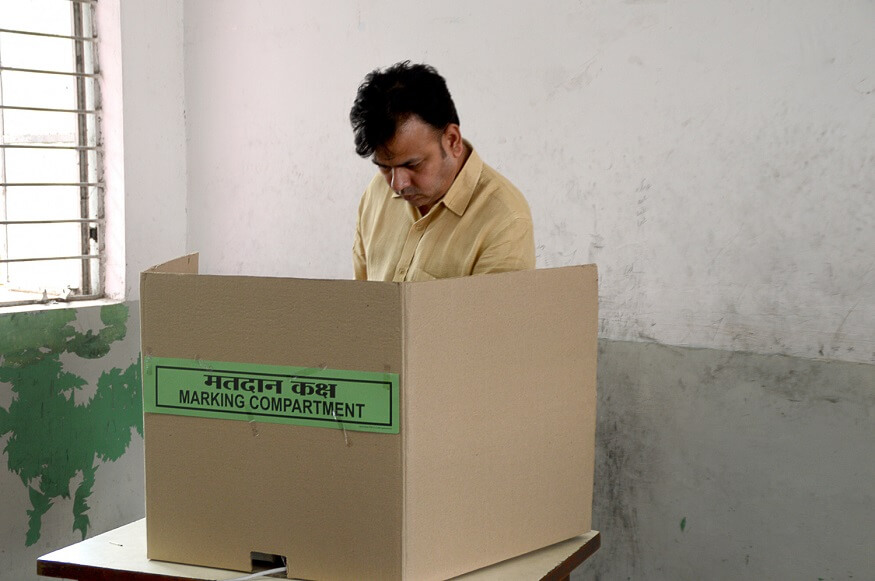The Reserve Bank of India, or RBI for brief, is the institution that serves as the backbone of the complex Indian financial system. The RBI governor is the highest-ranking protector over this financial stronghold, in charge of passionately safeguarding the stability of the whole financial system in addition to preserving the currency policy of the country. The path India’s economic journey takes is significantly influenced by the guardian of its economic destiny. Over the years, a group of exceptionally important RBI governors has left an enduring mark on the way banks function in India.
Also Read: Financial Literacy Education: Benefits, Careers
Sir Osborne Smith (1935-1937)
Sir Osborne Smith played the pivotal role of being the very first Reserve Bank of India governor, charting the course for the central bank’s establishment. He meticulously laid the groundwork for the RBI’s formation and crafted its early policies. During his era, India’s robust financial system took its initial steps, providing a solid foundation upon which future governors could build. Sir Osborne Smith’s unwavering emphasis on prudent currency management and the overarching stability of the financial domain remains an indelible hallmark deeply ingrained in the core functions of the Reserve Bank of India.
Sir Benegal Rama Rau (1949-1957):
Under the astute leadership of Sir Benegal Rama Rau at the RBI, a profound transformation swept through India’s economic environment. During Sir Benegal Rama Rau’s time, something important happened. The Planning Commission of India is a government organization that acts as a kind of special counselor for the country’s finances and plans. India’s finances profited greatly and tremendously from this. The Industrial Finance Corporation of India (IFCI), which largely caused the development of the nation’s current industrial environment, was one of his major successes.
L.K. Jha (1967-1970):
In the epoch of L.K. Jha’s governorship, the RBI bore witness to sweeping policy reforms and a concerted drive to enhance the overall functionality of the banking system of India. The regulatory framework was fortified, and the oversight standards of financial institutions were elevated as part of Jha’s proactive initiatives. Due to this, the foundation of India’s financial system improved.
From 1982 to 1985, Dr. Manmohan Singh:
Manmohan Singh presided over the RBI during a critical period of India’s economic transition before ascending to the prestigious position of Prime Minister of India. The restricted economy of India changed to one that followed market principles. With Dr. Manmohan Singh’s help, India’s economy grew a lot. It went from being closed to the world to being open and using market ideas. Singh had creative ideas that made the money system and the economy change in a good way. The growth of India’s banking sector benefited significantly from the plan for foreign investment that Dr. Singh used.
Also Read: The Importance of Financial Literacy in Students
Doctor C. Rangarajan (1992–1997):
When Dr. Rangarajan was in charge of the RBI governor, he was very determined to improve the money system. He made a few of the important changes that increased private banks’ capabilities for carrying out their legal responsibilities and gave them more operating independence. A place where people can purchase and trade financial-related items has been created by the National Stock Exchange, which he was important in creating. He strongly felt that fair competition among banks would increase the nation’s currency system’s adaptation and flexibility for all citizens.
Dr. Bimal Jalan (1997-2003):
Bimal Jalan was really good at managing India’s money, especially during the Asian financial crisis. He believed that nothing changed despite the fact that Asia was experiencing serious issues. His smart way of handling India’s savings protected the country from money troubles happening in other places. The key aspect of Dr. Jalan achieved success by using his skills to look after India’s finances in times of difficulty.
Dr. Raghuram Rajan From 2013 to 2016:
Raghuram Rajan said that India faced some big challenges, like the value of its money going down and prices going up. When he became the leader of the RBI, India started an important phase in its economic growth. He made few plans of action to bring down the prices to make India’s banking better. He worked really hard to make sure things stayed stable in India. Rajan was the first to create a special set of rules called the Insolvency and Bankruptcy Code (IBC). It was a big event that changed India to go towards businesses that were unable to pay the bills.
Dr. Urjit Patel (2016-2018):
Urjit Patel’s tenure witnessed an unwavering focus on inflation targeting and the introduction of the Monetary Policy Committee (MPC). The trustworthiness of the Reserve Bank of India governor was greatly increased by his focus on openness and good communication when explaining its economic decisions. The institutionalization of the MPC, which continues to steadfastly direct India’s monetary policy, will stand as Patel’s lasting legacy.
Shaktikanta Das (2018-Present):
Shaktikanta Das has led the RBI through a tumultuous period, notably the challenging times brought on by the COVID-19 pandemic. At the time when he was president, he made important improvements to the economy and ensured the continued success of the system of money. To mitigate the pandemic’s detrimental impact on the banking system of India, the RBI, under his guidance, implemented a series of liquidity measures and regulatory relaxations.
Also Read : SmartKid General Knowledge Olympiad
Conclusion
The great work of these amazing Reserve Bank of India governors shows how strong and powerful India’s money system can be. From Sir Osborne Smith’s foundational role in birthing the RBI to Dr. Raghuram Rajan’s pioneering reforms and Dr. Urjit Patel’s transparent governance, each governor has left an indelible imprint on India’s banking landscape.
As India continues its onward journey towards a prominent position within the global economic tableau, the RBI’s role, guided by the enduring legacies of these influential luminaries, remains pivotal. It serves as the unwavering sentinel of India’s economic well-being and the stalwart custodian of the nation’s financial integrity, forever adaptable to the shifting sands of the Indian economic panorama. This significant RBI governor’s ongoing influence shows through as a steadfast beacon, illuminating the road toward economic stability and sustainable growth on the vast canvas of India. On the enormous canvas of India, the long-lasting influence of these outstanding RBI governor’s shines through like a sturdy beacon, illuminating the path toward monetary stability and long-term economic success.
At EuroSchool we believe that teaching children of all ages about these great personalities is essential. In order to make a nation’s currency and economy stronger and more capable, they educate young people to recognize the important function that banking industry managers may play. The future leaders who are inspired by these tales of exhilarating exploits may be inspired to actively contribute to the unwavering strength and continued progress of India’s financial landscape. It’s like getting the success secrets from those who actually changed the world!









